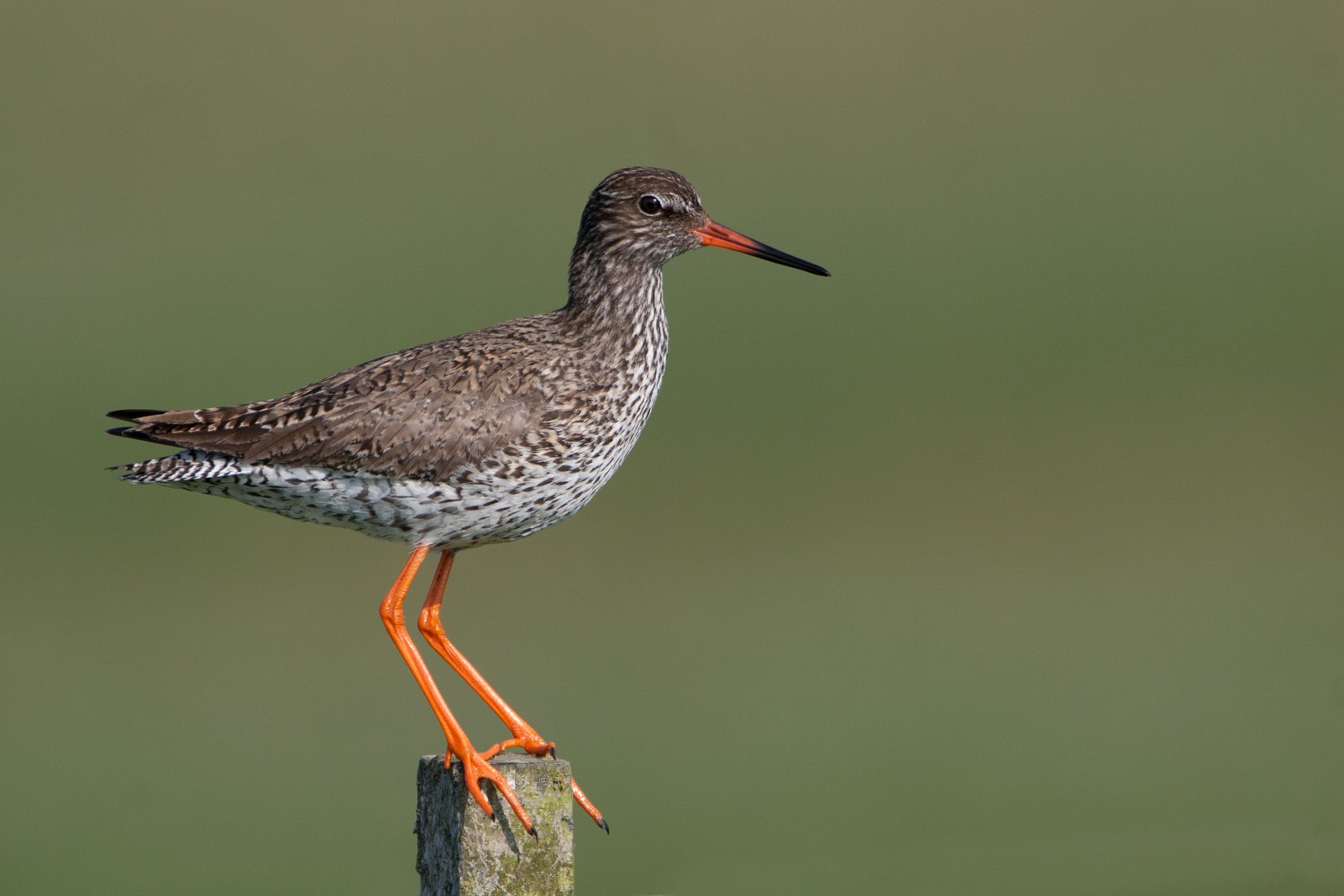Opis
Just north-east of Dovns Klint is Keldsnor, which is an 80 ha shallow lagoon with brackish water. It is cut off from the sea by a beach ridge formed by pebbles. A narrow strip of reeds borders the lagoon and there is meadowland at the edge of the beach ridge. In the south-west corner is woodland stretching right out to the water’s edge. Several bird species breed at Keldsnor, including perkoz dwuczuby, perkozek, wodnik (zwyczajny), ostrygojad, sieweczka obrożna, krwawodziób and czajka. But many more birds can be seen in the lagoon, especially during migration, see the birdlist below. In the winter months and up to the end of March, lodówka can be seen on the sea off the coast (up to several hundred birds). The sea is also a good winter staging site for markaczka and especially for edredon.
Szczegóły
Dostęp
Park at Dovns Klint and explore from there on foot and walk to a viewpoint. You can also park near the Keldsnor lighthouse. Click on a P in the map to get directions. If you park at Dovns Klint you can combine it with a visit to Gulstav Mose (a 7 hectare bog that also attracts many birds) that is adjacent to the west and also described on Birdingplaces.




